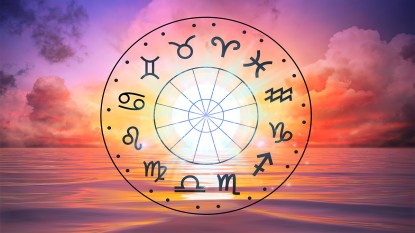3 Natural Fixes for Chronic Aches and Pains

Aches and pains may be the last thing on your mind — until you start to feel them! While many of us pop an OTC pain reliever to get on with the day, researchers at Mount Sinai Beth Israel Medical Center point to the importance of connective tissue called fascia in relieving and even preventing pain — without medication.
Fascia is a web of collagen fibers that envelops our muscles and internal organs. When it’s healthy, we can move freely. But when it becomes tight or inflamed, movement is hindered, causing strain. “Fascia has many nerve endings,” explains orthopedic surgeon and fascia researcher Carla Stecco, MD. “When these nerves are irritated by repeated strain, they fire, leading to chronic pain.” Indeed, studies have identified tight or inflamed fascia as the cause behind discomfort in up to 95 percent of cases in pain centers.
Fortunately, Dr. Stecco says, it’s easy — and even relaxing — to heal tight or inflamed fascia, banishing pain so you can feel your best in no time!
For neck pain, use a ball on a wall.
“Tight fascia around the suboccipital muscles at the back of the head is often to blame for tension headaches as well as chronic neck and shoulder pain,” says Dr. Stecco.
The Fix: A daily tennis ball massage. “Using your fingers, find the sore point to the right or left of your spine,” says Christina Meucci, a certified trainer at Canyon Ranch Wellness Resort in Lenox, Massachusetts. Place the ball there and wedge it between yourself and a wall. Roll the ball up and down and from side to side with intense pressure for five minutes twice a week and lighter pressure for two minutes on the other days.
For knee pain, roll on the floor.
“The iliotibial (IT) band connects the pelvis and the knee,” says Dr. Stecco. “It’s used constantly when we walk.” Pain occurs when this band of fascia becomes tight and pulls on the muscles around the knee.
The Fix: Use a foam roller to loosen the IT band. “Place a low-density foam roller on the floor and get into a plank position over it with your thighs resting on the roller,” says Meucci. “Roll onto the painful side about 45 degrees, then pull yourself forward and back over the cylinder, going to the top of the kneecap but not over it.” Roll with intense pressure for five minutes twice a week and lighter pressure for two minutes on the other days.
For foot pain, give it a stretch.
“The plantar fascia starts in the heel and extends toward toes, supporting the arch,” explains Ricardo Colberg, MD, a nonsurgical orthopedic physician in Alabama. “When this tissue swells, it causes pain along the bottom of the foot.”
The Fix: A modified calf stretch. Stand two feet back from a wall. Stagger your stance so the painful foot is in the back. Put your hands on the wall. Bend your back knee, but keep your heel on the floor. Hold for 30 seconds, twice daily. Also smart: Roll your foot over a frozen water bottle with moderate pressure two to three times a day for 30 seconds at a time. This technique eases swelling to dampen pain.
This story originally appeared in our print magazine.
More From FIRST
3 Stretches for Lower Back Pain That Help an Aching Sciatic Nerve










